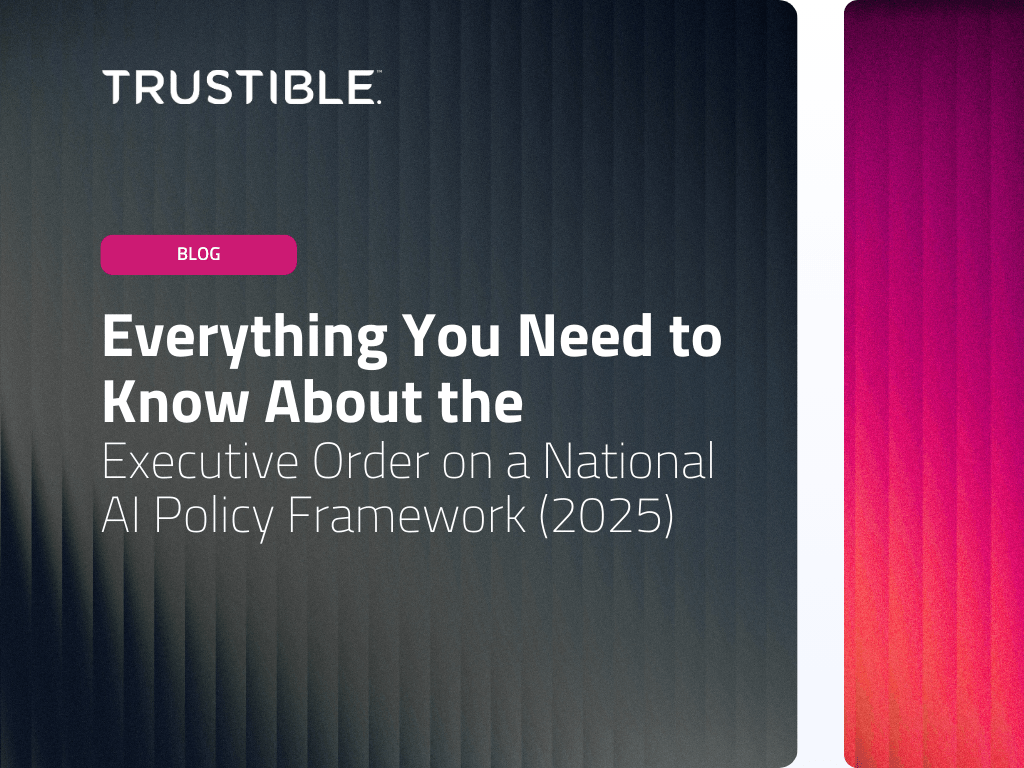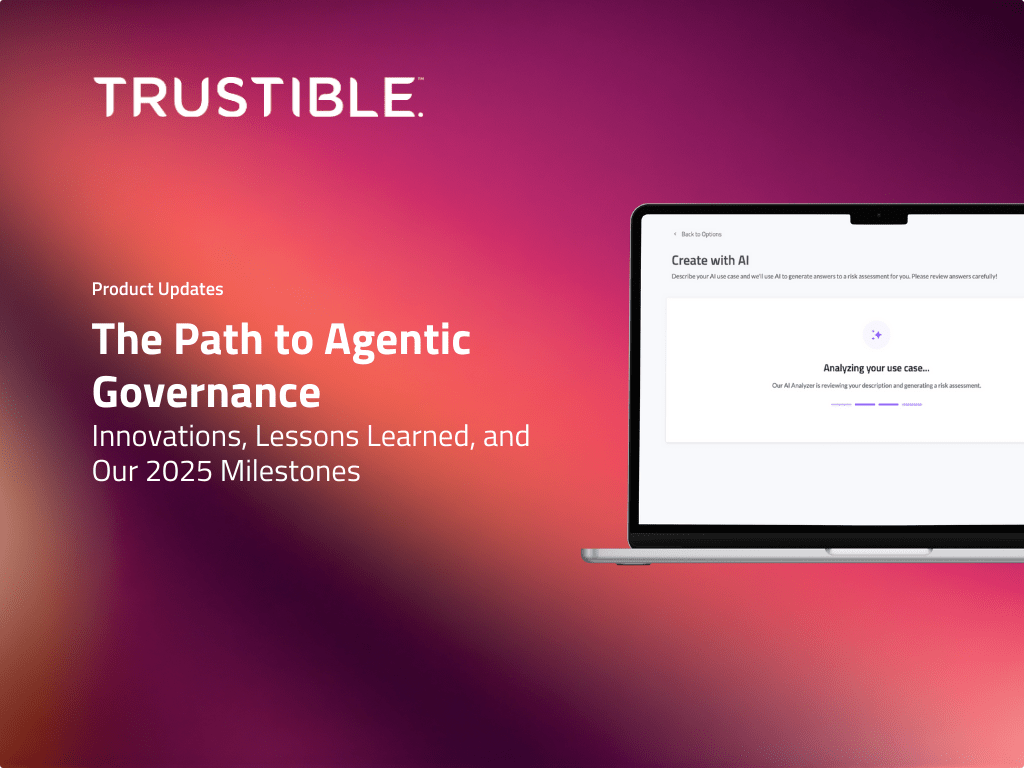Healthcare systems deploying AI for clinical decision support face a paradox: the same algorithms that promise to improve diagnostic accuracy and patient outcomes can also introduce new risks around bias, privacy breaches, and regulatory non-compliance. Pharmaceutical companies encounter similar tensions when AI systems influence drug development, clinical trials, or manufacturing processes where errors carry massive financial and safety consequences.
Effective AI governance creates systematic oversight that lets healthcare organizations capture AI’s benefits while managing these risks through clear accountability, documented decision-making, and mechanisms that catch problems before they become patient safety events. This article covers the regulatory landscape from the EU AI Act to FDA requirements, core governance principles that drive trustworthy AI, lifecycle implementation steps, and practical solutions to common challenges that derail healthcare AI initiatives.
The High-Stakes Case for AI Governance in Healthcare and Pharma
AI governance in healthcare means building systematic oversight of AI systems throughout their entire lifecycle, from initial development through deployment and ongoing monitoring. Healthcare organizations face a tricky balance here because patient data is highly sensitive and clinical decisions directly affect human lives. When AI systems lack proper governance, the consequences can range from algorithmic bias in diagnostic tools to unauthorized access of protected health information through poorly managed vendor relationships.
The real-world impacts of ungoverned AI deployment include:
- Patient harm: Diagnostic algorithms producing incorrect results or treatment recommendations that fall outside clinical guidelines
- Regulatory penalties: Enforcement actions from the FDA, OCR, or international regulators for missing documentation or inadequate risk assessments
- Legal liability: Malpractice claims where accountability remains unclear between the AI developer, the healthcare provider, and the institution
- Trust erosion: Loss of public confidence when organizations cannot explain how AI influenced patient care decisions
What makes governance effective is that it establishes clear accountability, documents how decisions get made, and creates mechanisms for catching AI-related problems before they become patient safety events.
Top AI Risks Facing Hospitals, Health Systems, and Life-Sciences Firms
Healthcare organizations run into specific challenges when deploying AI in clinical settings. Understanding the tactical realities helps you plan for them rather than reacting after incidents occur.
1. Patient Safety Errors
AI models can produce incorrect diagnoses or treatment recommendations when they encounter clinical scenarios different from their training data. Model drift happens gradually as patient populations shift, medical protocols evolve, or data input patterns change. For example, a radiology AI system trained primarily on one demographic group might perform poorly when applied to patients with different physiological characteristics, leading to missed diagnoses or false positives that delay appropriate care.
2. Data Privacy Breaches
Protected Health Information (PHI) flows through AI systems during training, validation, and production use, creating multiple exposure points. Internal misuse occurs when employees access patient data beyond their authorized scope. For instance, a telehealth business affiliate that manages AI-generated transcripts for patient visits may not have proper access controls for their employees. External vendor relationships introduce different risks when third-party AI providers maintain copies of training datasets or log sensitive inputs. Moreover, While contractual relationships generally address how PHI should be handled once those contracts expire, many healthcare organizations lack true visibility into PHI deletion and disposal efforts.
3. Algorithmic Bias and Health Equity
Training data limitations create disparate outcomes across demographic groups, particularly when historical healthcare data reflects existing inequities in care access and quality. Fairness goes beyond technical metrics to encompass whether AI deployment widens or narrows existing health disparities. For example, privately funded healthcare facilities can likely access higher quality training datasets and innovative AI tools. Conversely, healthcare facilities in certain communities (e.g., rural or historically underfunded urban neighborhoods) may be able to access AI tools but may not have the resources to procure high-quality data or implement proper AI governance programs.
4. Regulatory Non-Compliance Fines
FDA enforcement actions, OCR investigations, and international regulatory penalties target organizations that deploy AI systems without adequate documentation, risk assessments, or quality management processes. Documentation gaps become apparent during audits when organizations cannot demonstrate how they validated model performance, monitored for adverse events, or maintained data lineage throughout the AI lifecycle. Pharmaceutical companies face additional scrutiny when AI systems influence clinical trial design, patient recruitment, or regulatory submission materials.
5. IP and Vendor Lock-In
Proprietary, third-party AI models create dependencies that limit organizational flexibility when vendors change pricing, discontinue products, or fail to provide adequate transparency into model behavior. Moreover, third-party AI systems often function as black boxes where healthcare organizations cannot inspect training data, understand decision logic, or verify that underlying models align with current clinical guidelines. This opacity complicates efforts to explain AI-driven decisions or adequately understand data flows when PHI is used as inputs. Healthcare companies can consider open source models (e.g., Meta’s Llama) for their AI tools or vendors relying on open source models as a way to mitigate some of these concerns. There are a number of AI healthcare companies that use open source models for services like managing patient outcomes and improving medical imaging.
Key Takeaways for Practitioners
AI tools provide tremendous benefits for healthcare providers, but using those tools requires an extra layer of diligence to mitigate the risks. Using AI can result in real-world harms, especially when used to help make decisions about patient care or assist with patient outcomes. It is essential that the AI tools used in these scenarios are appropriate for the task and the risks are understood by the user. It is also important to let patients know when these tools will be used or that they may interact with them as part of their care.Integrating these tools into daily operations also means implementing effective oversight. AI tools can impact many facets of obligations for healthcare providers and professionals. These include existing privacy laws and ethical standards. Healthcare providers need to create dedicated workflows that address how AI will impact other compliance obligations and create procedures to ensure that there is clear accountability for the use of these tools.



